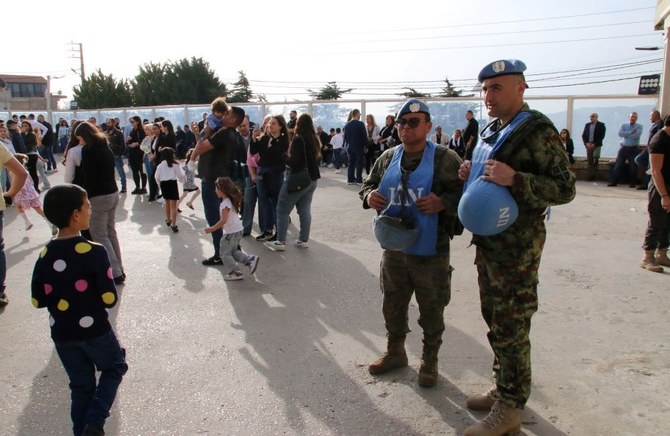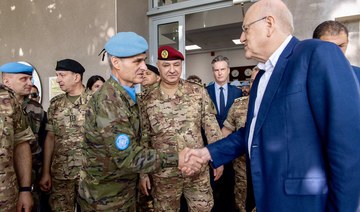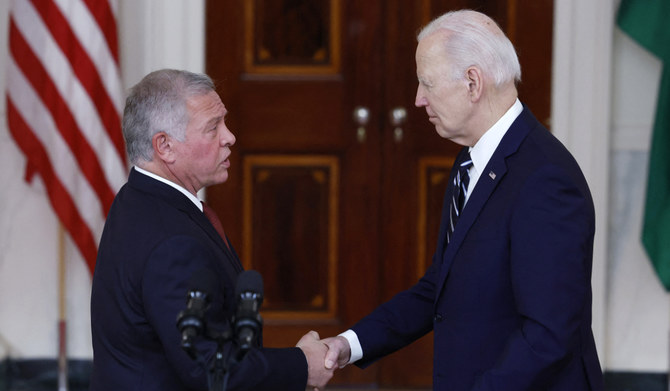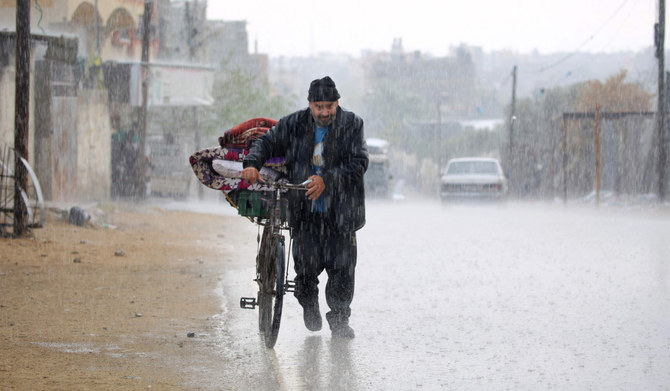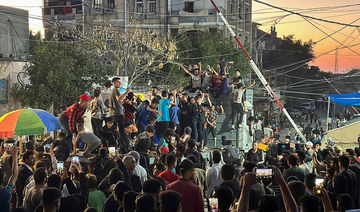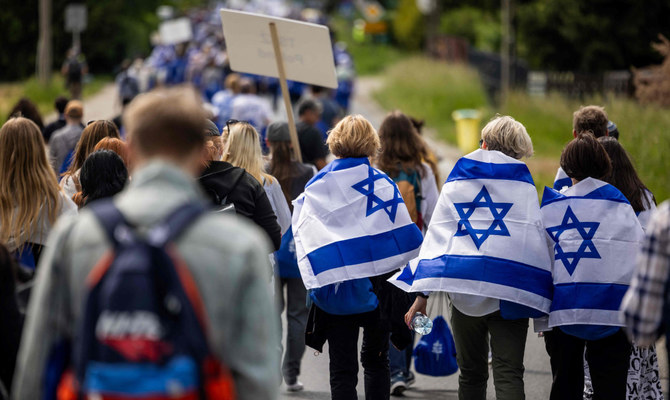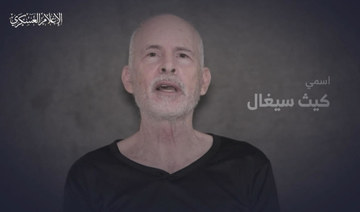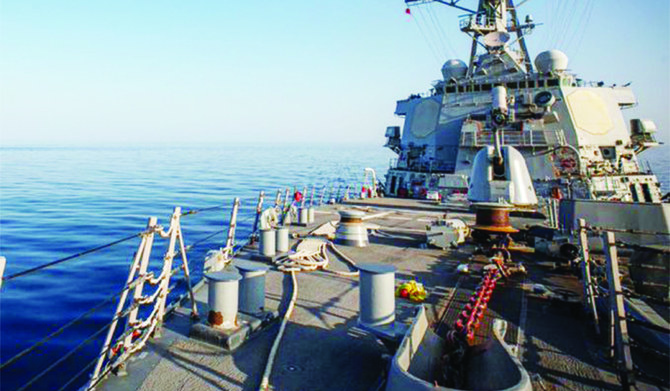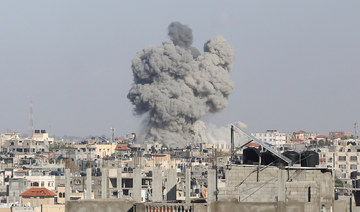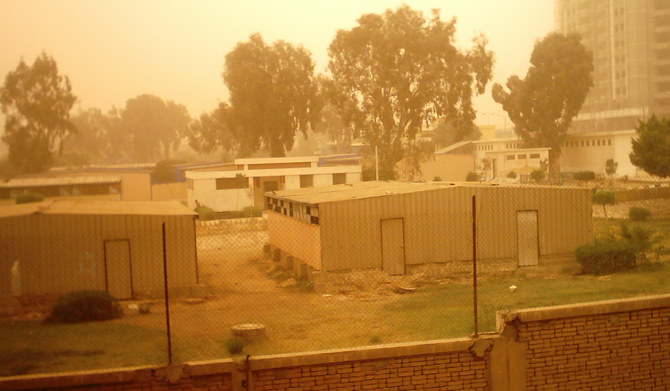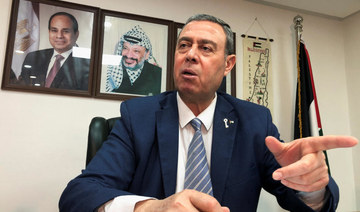BEIRUT: Peacekeepers with the UN Interim Force in Lebanon are present on the ground in the south of the country “despite the escalation in tensions” between Israel and Hezbollah, UNIFIL spokesperson Andrea Tenenti said on Wednesday.
He added that UNIFIL continues “to carry out its activities, including patrols, and continues its main work with the parties to calm the situation and reduce tensions in the region.”
On Tuesday UNIFIL declared that its patrols in southern Lebanon would cease temporarily.
The decision was made while the international forces’ command investigated an incident on Saturday in which two vehicles carrying four officers were targeted in a valley near the border town of Rmeish.
The officers, who were from Australia, Switzerland, Norway and Chile, along with a Lebanese translator, suffered injuries, some of which were serious. Lebanon accused Israel of the attack.
While UNIFIL said it was “still in the process of collecting evidence,” reports from Lebanon’s media on Wednesday suggested that a field investigation by the Lebanese Army indicated that the explosion was caused by an anti-personnel device, and not an Israeli drone bombing as previously thought.
The investigation showed that “the package is a leftover of the Israeli enemy, as the entire area is full of enemy remnants as a result of the recent Israeli aggression.”
Al-Akhbar, a Lebanese newspaper that is close to Hezbollah, reported the news citing an “informed source,” but did not explain how the device exploded.
It said that “there was also a mine 15 meters (49 feet, 2 inches) away from the site of the explosion,” and pointed out that the UNIFIL patrol “did not inform the Lebanese Army of its intention to conduct a patrol within the framework of coordination between them.”
Israel has accused Hezbollah of causing the explosion.
Avichay Adraee, an Israeli army spokesperson, announced on X that “according to the information available to the (army),” the incident was caused by the detonation of an explosive device. “The device had previously been planted by Hezbollah in this area.”
Hezbollah carried out military attacks on Israeli army bases on Wednesday.
They claimed in a statement to have “targeted the Al-Rahib site and a group of Israeli soldiers nearby using missile weapons. This was in response to Israeli attacks on civilian homes, including the recent incident in the southern border town of Yarin where a woman named Alia Abdel Karim was injured during an Israeli raid.”
Hezbollah also targeted “a new command center located in the Pranit barracks.”
The Israeli media said: “A number of rockets were fired from southern Lebanon toward an Israeli army position in Har Dov.”
Heavy Israeli artillery fire targeting southern towns resumed, hitting the outskirts of Naqoura, Jabal Al-Labouneh, Alma Al-Shaab, Al-Dhahira, and valleys near Shehin and Tayr Harfa.
The bombing was accompanied by reconnaissance aircraft flying over Tyre and Bint Jbeil districts, while warplanes attacked the villages of Hebbariye and Kfar Hamam in the Arqoub area.
The Israeli army also said that it “fired 60 phosphorus shells, 20 heavy artillery shells, and 20 (other) shells directly at the town of Aita Al-Shaab and attacked Ramyah with five phosphorus shells.”
Hezbollah, meanwhile, was mourning one of its members, Hassan Ibrahim Alloul, who was from the town of Saskikiyah in southern Lebanon. Alloul died in a bombing attack on the town of Blida.




